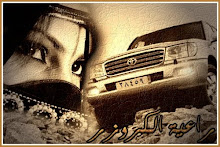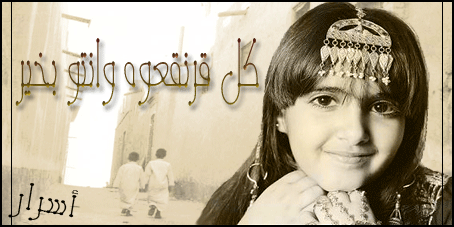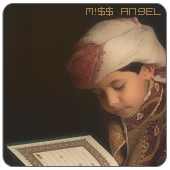

THE HISTORY OF ARABIAN BEDOUIN JEWELERY

Introduction: What does the Qur'an say about jewelry? In the Qur'an it states that men should not wear gold jewelry, dress to show off, must be modest and not show power or wealth through clothing or jewelry. Women had more freedom to wear jewelry to make themselves beautiful. Women of many cultures loved to wear jewelry long before Islam arrived with its influences. Women wore earrings, necklaces, belts, ankle and hand decorations, nose-rings, and more. In these cultures, jewelry was often a sign of wealth and part of the girl's dowry that she took with her when she got married.

Bedouin jewelry is common throughout the Middle East, and is usually made out of silver. Jewelry was often a part of a bride's dowry. A Bedouin bride carried her entire wealth on her person in the shape of silver jewelry and it was hers to dispose of as she wished. Gold jewelry was primarily for women; men wearing gold was discouraged in the Qur'an.

A woman’s jewelry symbolizes her status as a married women and later as a mother, as it is customary to gift one’s wife with jewelry for the birth of each child.



Arabian Bedouin jewelry is significant not only for its aesthetic qualities, but also for the historical influences it exhibits. During the course of its own evolution over many centuries, the jewelry of the Bedouin has incorporated techniques and styles of the jewelry of other long-dead civilizations. This has excited archaeologists, as these very personal objects provide a window to the past and the people who owned them. Observers have noted that similarities in the design and craftsmanship of Bedouin jewelry can be attributed to the cross-influence that migration and trade had on the region.

In Arabian custom, the color of certain stones is also deemed to affect their powers. Green, blue and red are regarded as possessing protective abilities. For that reason turquoise, agate, coral and colored glass are among the most popular materials used in antique jewelry.

Traditionally, jewelry has also been thought to have magical powers. Turquoise in particular is believed to ward off the “evil eye.” At one time, popular legend had it that a turquoise stone would glow when its wearer was happy, but when the wearer was sad, the stone would become dull. Another popular myth was that the tiny tinkling bells prominent on so many pieces of Arabian jewelry would protect the wearer by frightening off malevolent spirits with their noise.
























2 comments:
salam ...... if u don't mind could u explain the bedoiun tribe the women that cover their foreheads and noses but leave their eyes and mouth???? i saw it alot in the emerites even the cartoons for kids so cute mashallah. And saw the women when i was out one day and was like wowwww not all emeriti wear niqaab.
Ive been told its cause they believe the eyebrows and cheeks are beautiful wondering if this is why???
As i know this is from an old generation,is it preffered by young.It is true, it is something to do with beauty...i don't even get this but is it in fashion.
Anyawy if u ask even the old regarding this issue, they would probably answer the same :)
Post a Comment